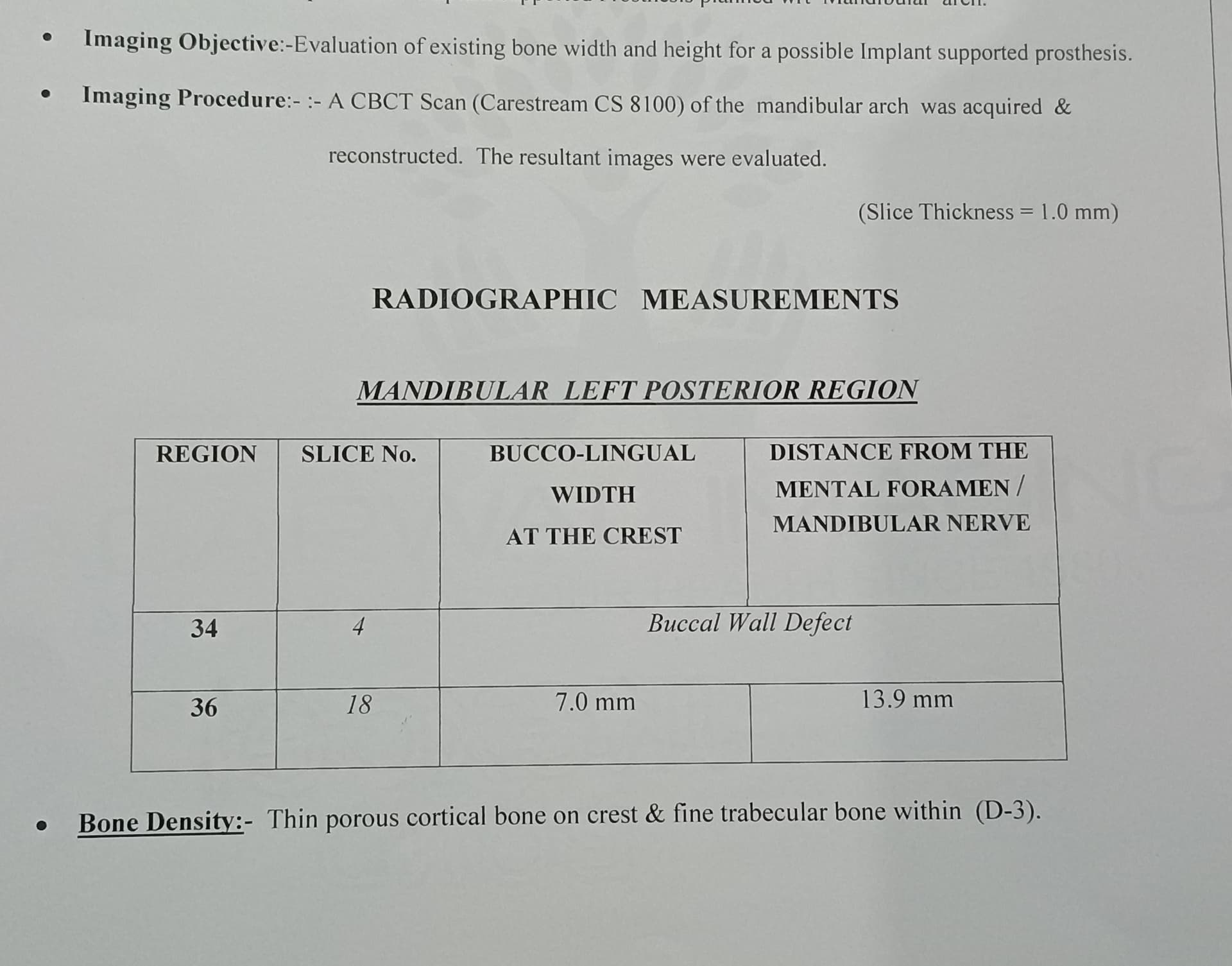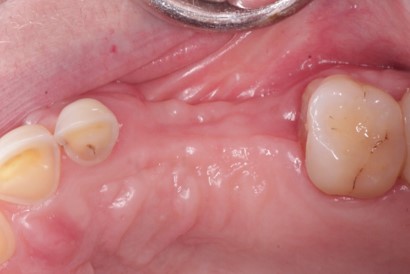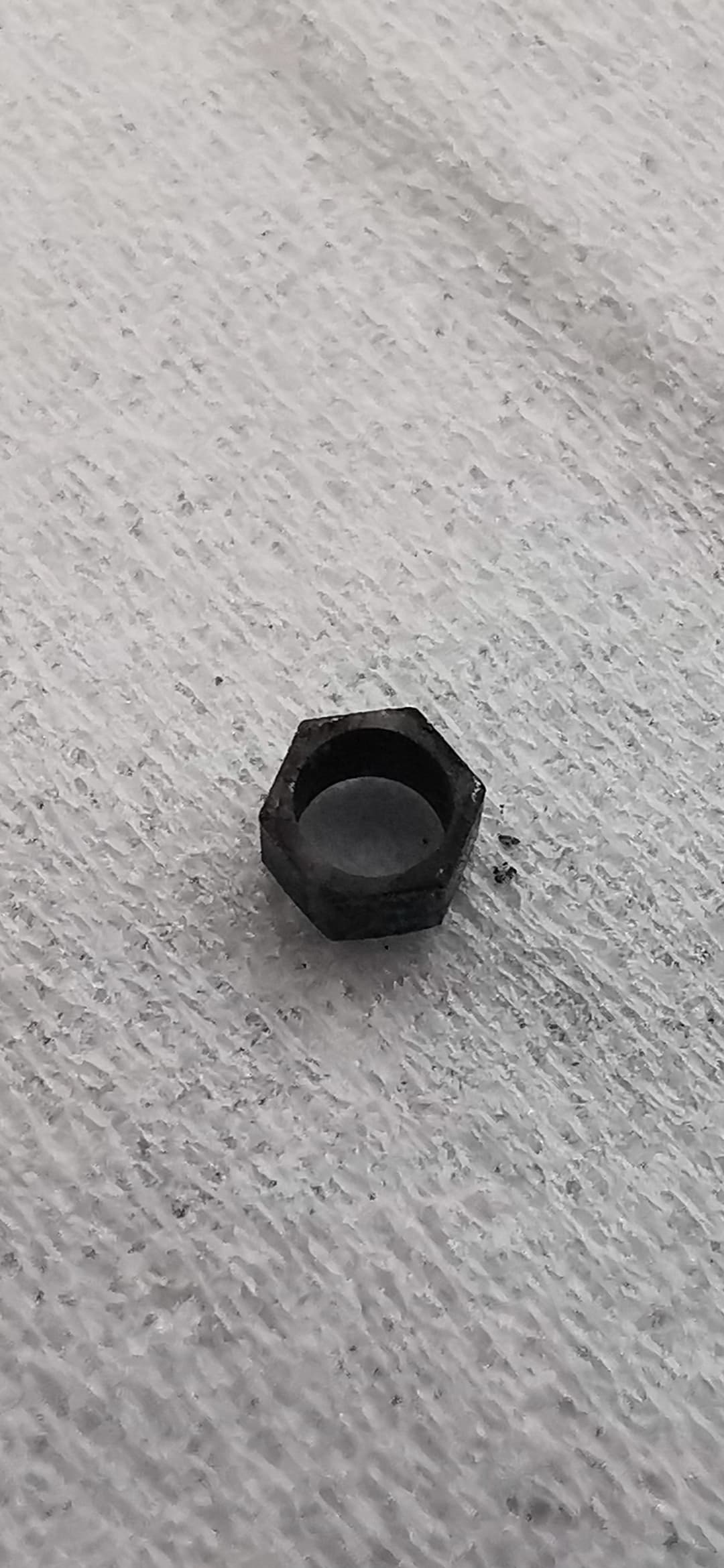SMART Technique: A Revolution in Bone Grafting?
The subperiosteal minimally invasive esthetic ridge augmentation technique, or SMART, has been developed as an alternative to traditional guided bone regeneration procedures. SMART TM was developed by Dr. Ernesto Lee. The technique includes the use of a laparoscopic approach to deliver a growth factor/xenograft combination into a subperiosteal pouch. No flap elevation, cell-occlusive membranes, space-maintaining devices, or decortication procedures are used. The goal is to provide superior outcomes with less pain, less swelling and fewer complications than traditional bone grafting procedures. A recent case report on the SMART technique concluded that it:
Demonstrated predictable and consistent bone regeneration. The average gain in ridge width for all treatment categories was 5.11 mm (SD 0.76 mm), which compares favorably with previously published reports. Morbidity and complication rates were consistently reduced as well. Human histology results show xenograft particles surrounded by newly formed bone. 1
What are your thoughts on this new technique? Courses for the SMART technique start this June.
1. Int J Periodontics Restorative Dent. 2017 Mar/Apr;37(2):165-173. Subperiosteal Minimally Invasive Aesthetic Ridge Augmentation Technique (SMART): A New Standard for Bone Reconstruction of the Jaws. LEE EA,


















